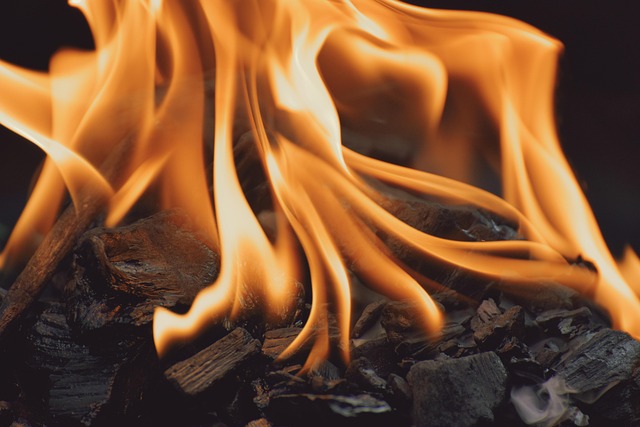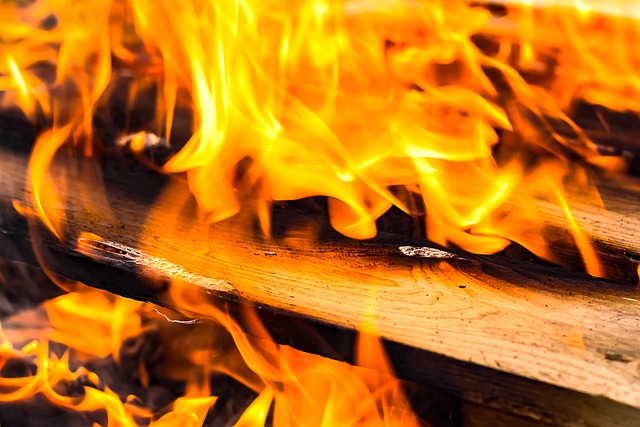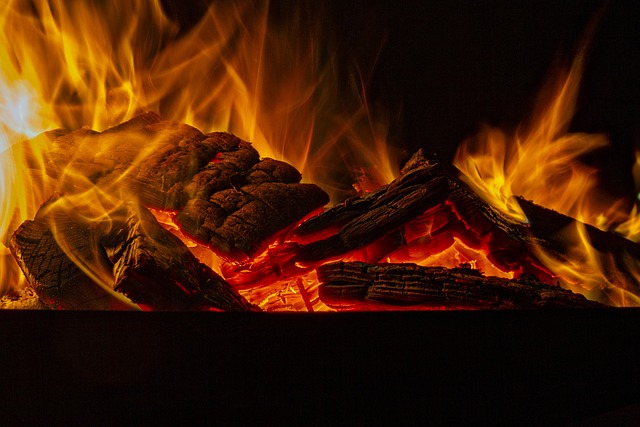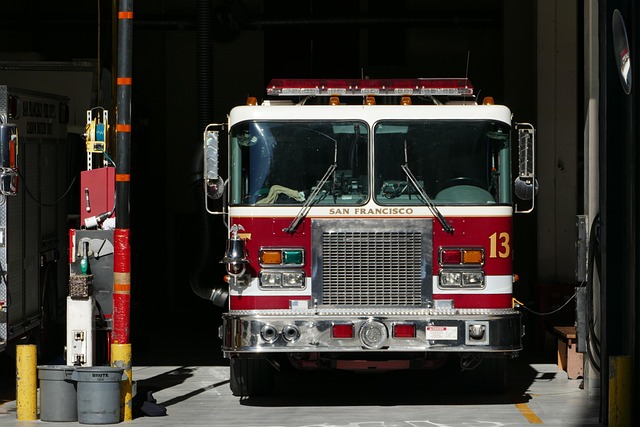Selling a home with fire damage in California involves understanding strict regulations prioritizing safety, accessibility, and fair practices. Key steps include assessing damage, engaging qualified contractors adhering to local building codes, disclosing significant structural issues, and providing thorough documentation for negotiations. For total losses, specialized companies can handle an 'as-is' sale; for partial damage, a traditional approach with disclosures and insurance negotiations is required. Hiring licensed professionals, adhering to regulations, and being transparent with buyers are crucial for a smooth selling process and avoiding legal complications.
California’s housing regulations can be complex, especially after natural disasters like fires. This comprehensive guide navigates the legal considerations and steps involved in selling a home with fire damage in CA. From understanding the regulatory framework to avoiding common mistakes, we provide insights on how to effectively sell your house with fire damage in California. Key sections include dealing with fire damage repairs, the sales process, and critical errors to steer clear of.
- Understanding California's Housing Regulations: A Quick Overview
- Dealing with Fire Damage: Legal Considerations for Homeowners
- The Step-by-Step Process of Selling a Damaged Property in CA
- Common Mistakes to Avoid When Navigating Post-Fire Home Sales
Understanding California's Housing Regulations: A Quick Overview

California’s housing regulations are designed to ensure safety, accessibility, and fair practices in the real estate market. When dealing with a property that has sustained fire damage, understanding these rules is crucial for both homeowners looking to sell and potential buyers. The first step is to assess the extent of the damage and determine if the house requires any specialized repairs or decontamination, especially if there was water used to extinguish the fire.
In California, it’s essential to disclose any significant structural issues or damage to buyers. This includes providing details about the fire, its cause (if known), and all subsequent remediation efforts. Local building departments may require inspections to certify that the property meets safety standards after renovations. For homeowners aiming to sell their house with fire damage, this process can be streamlined by being transparent, engaging qualified contractors for repairs, and adhering to local building codes, which vary across California’s diverse regions.
Dealing with Fire Damage: Legal Considerations for Homeowners

Dealing with fire damage in your California home can be a complex process, especially when considering the legal aspects. If you’re looking to sell your house with fire damage, understanding these regulations is crucial. The first step for homeowners is to assess the extent of the damage and ensure any necessary repairs are made, as per local building codes. This might involve structural repairs, restoration work, or even demolition if the damage is severe.
California has specific guidelines regarding safe living conditions, and insurance companies often have their own standards for fire-damaged properties. Homeowners should document the damage thoroughly, keeping records of inspections, estimates, and repair plans. This documentation can be vital when negotiating with potential buyers who may require evidence that the property meets safety standards and is fit for habitation.
The Step-by-Step Process of Selling a Damaged Property in CA

Selling a property with fire damage in California involves a specific process designed to protect both the seller and buyer. First, assess the extent of the damage. If the property is considered a total loss, it may be best to sell as-is through a specialized real estate company that deals with damaged properties. These companies have resources to handle the necessary cleanup and can market the house effectively to potential buyers who understand its current state.
For partial damage, a more traditional sales approach is possible. The seller must disclose all known issues to buyers and provide relevant documents, such as repair estimates or permits for previous renovations. Once a buyer is found, they’ll work with their insurance provider to assess repairs needed and potentially negotiate a lower price based on the damages. Throughout this process, California’s real estate laws regarding disclosures and repairs remain paramount, ensuring fairness for all parties involved in the sale of a damaged property.
Common Mistakes to Avoid When Navigating Post-Fire Home Sales

When selling a home with fire damage in California, homeowners often make costly mistakes that can impact their sales success and bottom line. One common blunder is attempting to fix or hide the damage themselves. While do-it-yourself repairs might seem appealing, they may not pass inspection or leave visible traces, leading to further issues and delays. It’s best to hire licensed professionals who understand post-fire restoration to ensure thorough and discreet repairs.
Another mistake to avoid is overlooking necessary documentation. California has specific regulations regarding fire safety and reconstruction, so failing to acquire essential permits and certifications can result in legal complications and financial penalties. Homeowners should also be transparent with potential buyers about the extent of the damage and the renovation process, as hiding details can lead to buyer’s remorse and legal disputes post-sale.
California’s housing regulations, especially post-fire, can seem complex. However, understanding the legal considerations and knowing the step-by-step process for selling a damaged property is crucial. By avoiding common mistakes and following the guidelines outlined in this article, including how to navigate fire damage repairs and sales in California, homeowners can ensure a smoother transition during what can be a challenging time. Remember that seeking professional advice tailored to your situation is always beneficial when dealing with post-fire home sales.






